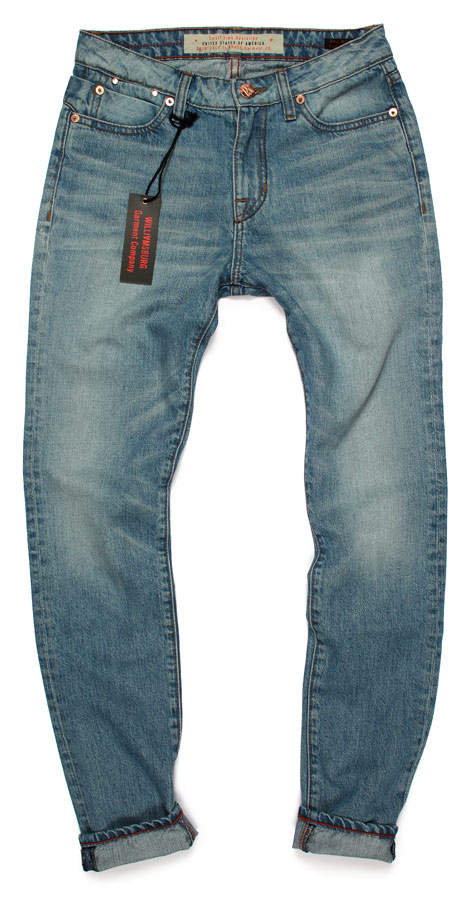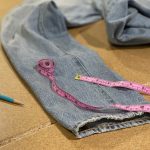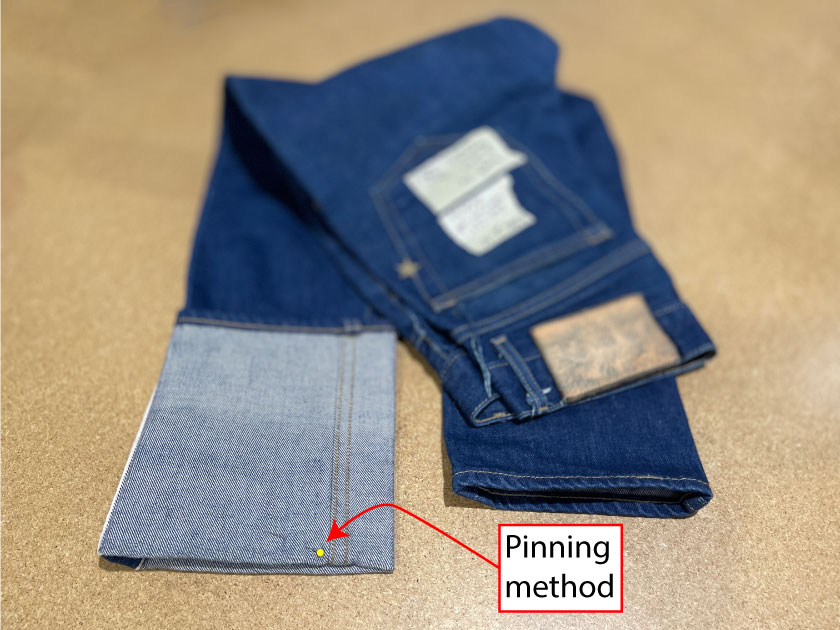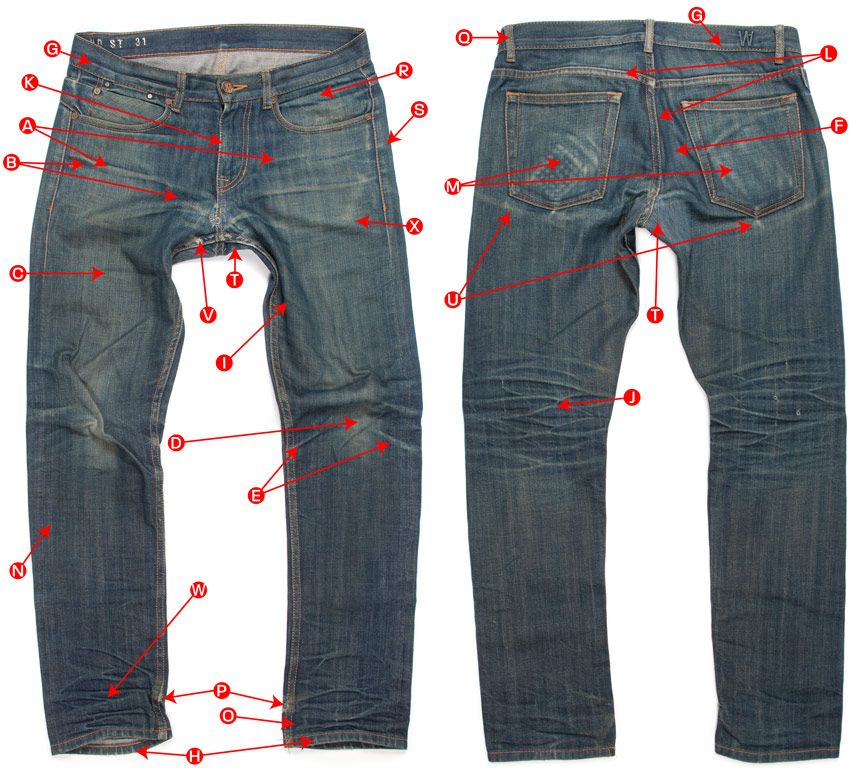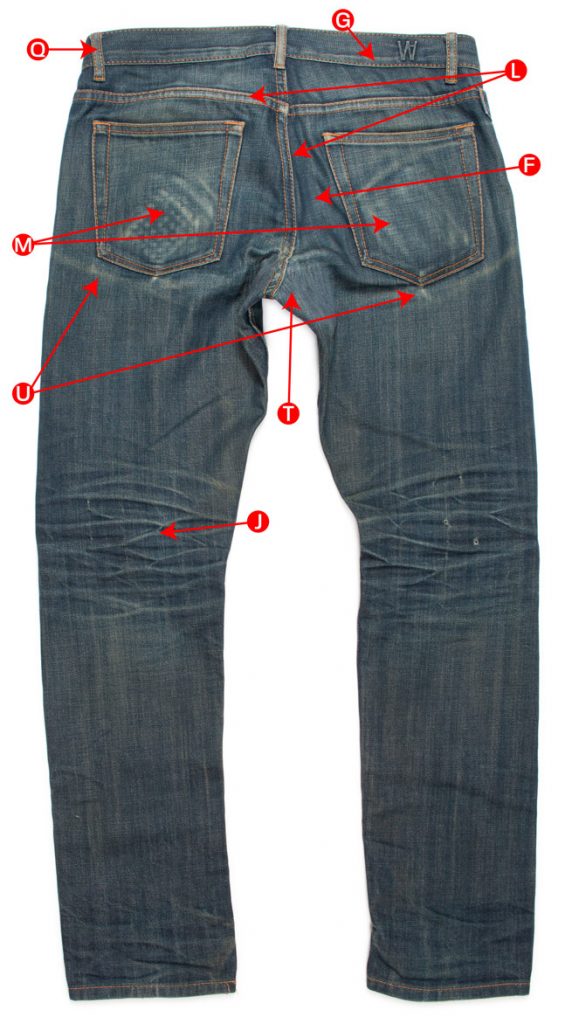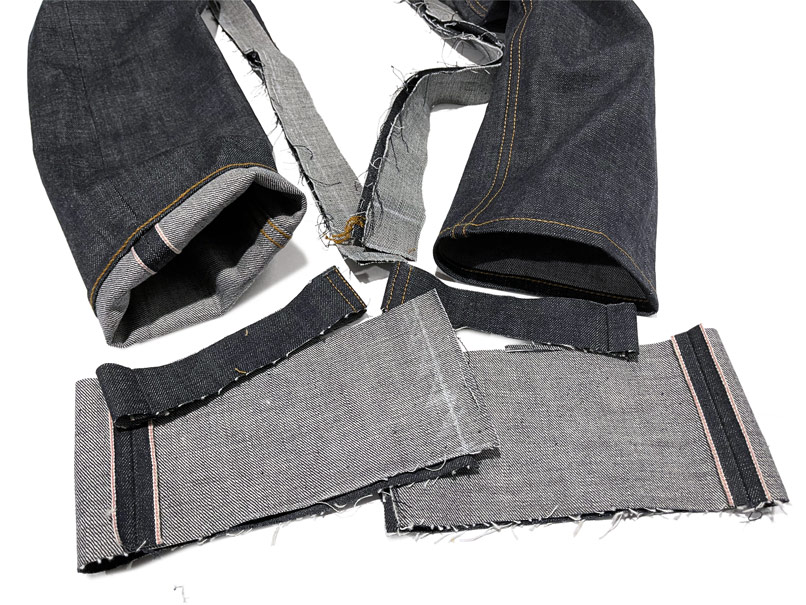
There are two meanings when it comes to “tapered” as related to jeans, pants, and other garments designed to wear over the legs.
- Related to alterations or tailoring: The term “tapered jeans” and “tapered pants” refer to garment bottoms worn over the legs that have been altered to narrow the shape of the legs.
- Related to the design or style of a garment: It’s a jean or pant with a leg that narrows dramatically from the knee to the leg opening. Tapered clothing should not be confused with slim-fit or other jeans and pants with legs that gradually decrease in size from the knee to the leg opening.
Example of use (related to alterations): I had my jeans tapered because the legs were too baggy.
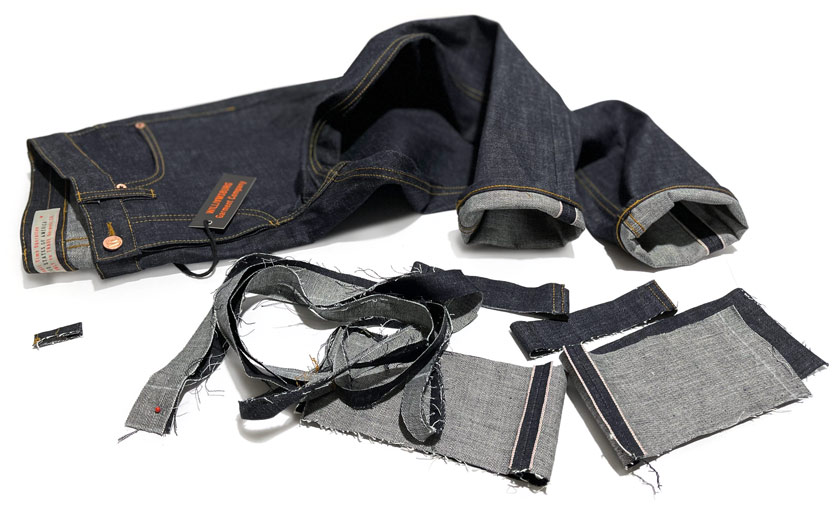
Example of use (related to design or style): I bought tapered jeans because I wanted the leg opening to be small enough that the hem wouldn’t cover my shoes.
